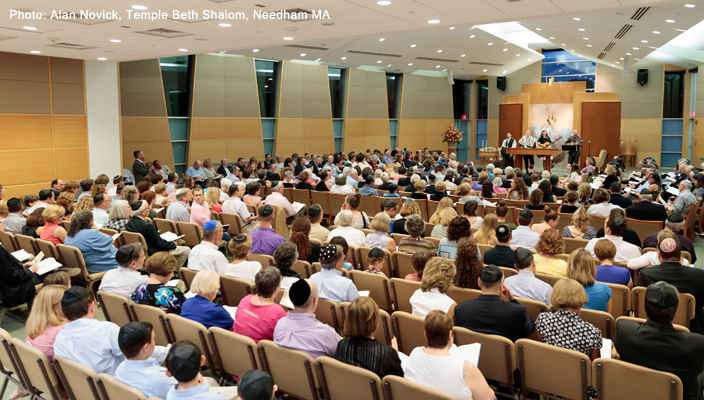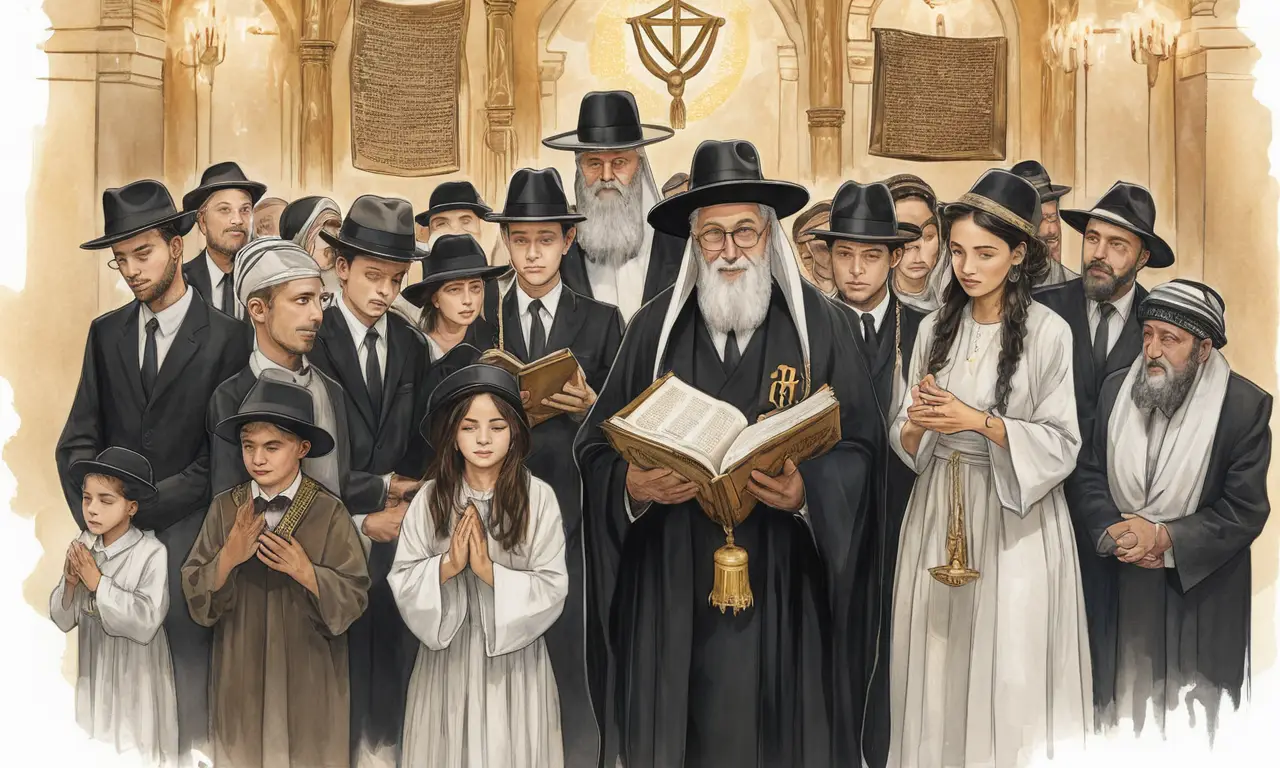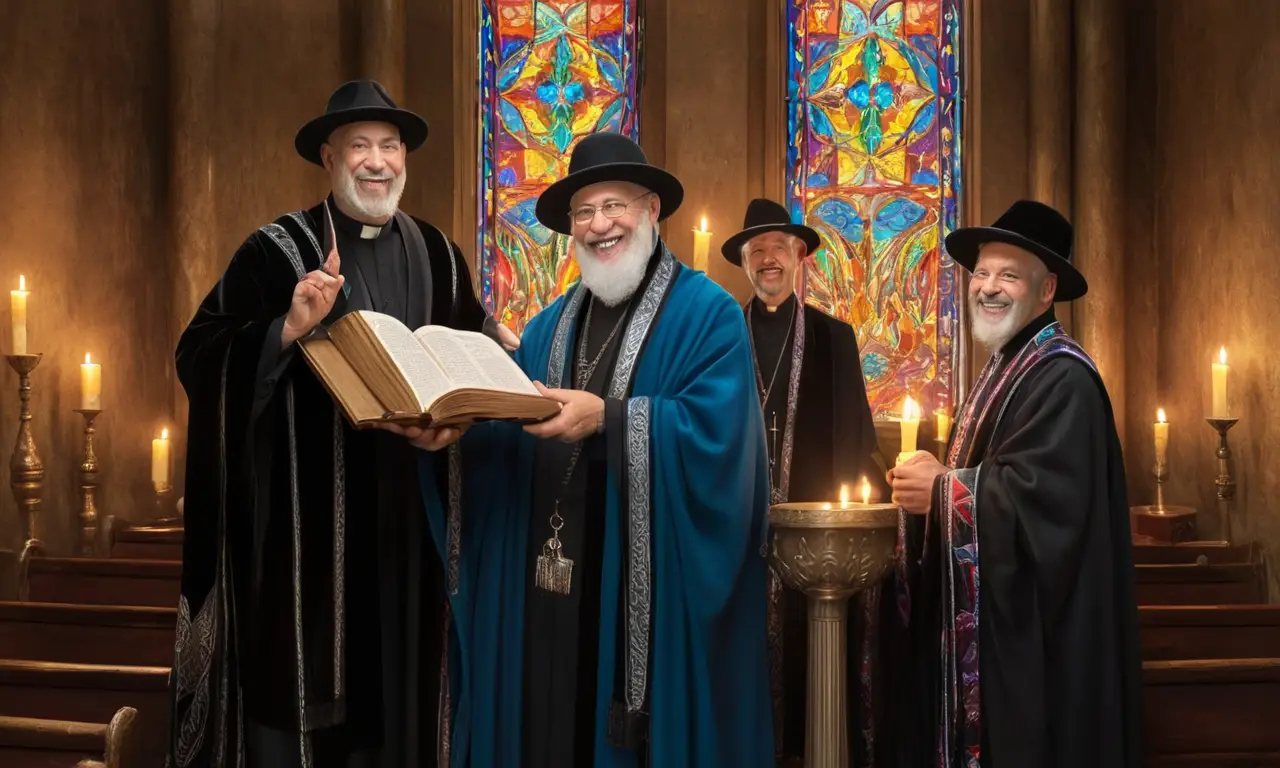
Jewish religious life centers around a rich tapestry of traditions, rituals, and communal gatherings. At the heart of this experience lie synagogue services, also known as Shabbat services. These weekly gatherings provide a space for Jews to connect with their faith, study sacred texts, and strengthen bonds within their community.
This article delves into the world of synagogue services, exploring their structure, significance, and the diverse ways they enrich Jewish life. We’ll examine the core elements of prayer and ritual, delve into the special nature of Shabbat services, and highlight how synagogues serve as vital centers for community building within Judaism.
Synagogue Services Explained
Synagogue services are formal gatherings held in a synagogue, a dedicated space for Jewish worship and communal life. These services typically occur on weekdays and Saturdays (Shabbat), with variations depending on the denomination and local customs. The core purpose of synagogue services is to connect individuals with their faith through prayer, study, and shared experiences.
Services often follow a structured format, incorporating readings from the Torah, Psalms, and other sacred texts. These readings are accompanied by traditional prayers, hymns, and blessings recited in Hebrew or transliterated versions for easier understanding. The melodies and rhythms of these prayers create a deeply moving and spiritual atmosphere.
Synagogue services also provide opportunities for communal reflection and learning. Rabbis often deliver sermons or lead discussions on various Jewish topics, drawing upon the wisdom of ancient texts and contemporary issues. These teachings aim to inspire, educate, and guide congregants in their personal journeys of faith.
Jewish Prayer & Rituals

Jewish prayer is a central pillar of religious practice, encompassing a wide range of rituals and expressions of devotion. Prayers are recited individually and collectively, both within the synagogue and in daily life.
The Threefold Structure of Jewish Prayer
Jewish prayers often follow a threefold structure:
- Blessing: A declaration of praise and gratitude to God for his creation, guidance, and love.
- Petition: A request for God’s help, mercy, or intervention in personal or communal matters.
- Thanksgiving: An expression of appreciation for God’s blessings and goodness.
Key Rituals & Practices
Several key rituals enrich Jewish prayer:
- Tefillin: Phylacteries containing verses from the Torah are worn on the forehead and arm during weekday morning prayers, symbolizing the binding of God’s commandments to the heart and mind.
- Mezuzah: A small scroll containing specific biblical passages is affixed to doorposts in Jewish homes, serving as a constant reminder of God’s presence and protection.
- Tallit: A fringed prayer shawl worn during morning services, symbolizing spiritual elevation and connection to God.
Shabbat Services
Shabbat, the Jewish Sabbath, holds a special place in religious observance. It begins at sunset on Friday evening and lasts until nightfall on Saturday. Shabbat services are particularly meaningful, marking a time for rest, reflection, and communal celebration.
Friday Evening Service (Kabbalat Shabbat)
The Friday evening service welcomes the Sabbath with joy and anticipation. It features special prayers, blessings over candles, and the singing of traditional hymns. The lighting of candles by women symbolizes bringing light into the darkness and ushering in a time of peace and holiness.
Saturday Morning Service (Shacharit)
The Saturday morning service is the most elaborate Shabbat service, encompassing readings from the Torah, Psalms, and other sacred texts. It includes prayers for peace, blessings over food, and communal singing. The chanting of the Torah portions by a designated reader highlights the importance of studying and transmitting Jewish tradition.
Torah Readings & Study

The Torah, the foundational text of Judaism, plays a central role in synagogue services. Torah readings are conducted on both weekdays and Saturdays, with specific portions assigned for each day.
The Significance of Torah Reading
Torah readings serve several purposes:
- Revelation: They remind Jews of God’s covenant with his people and the divine guidance contained within the Torah.
- Education: They provide opportunities to learn about Jewish history, law, ethics, and spirituality.
- Community Engagement: The chanting of the Torah by a reader and its interpretation by the rabbi foster a sense of shared learning and communal responsibility.
Talmudic Study
Beyond Torah readings, synagogues often host study sessions on the Talmud, a vast collection of rabbinic commentaries and discussions on Jewish law, ethics, and philosophy. These sessions provide opportunities for in-depth exploration and intellectual engagement with Jewish tradition.
Community Building in Judaism
Synagogues are not merely places of worship; they serve as vital centers for community building within Judaism.
Social Gatherings & Events
Synagogues host a wide range of social gatherings and events throughout the year, fostering connections among members. These include holiday celebrations, potlucks, lectures, concerts, and youth programs.
Support Networks & Outreach
Synagogues often provide support networks for individuals facing challenges or seeking guidance. They may offer counseling services, grief support groups, or assistance with social issues. Many synagogues also engage in outreach activities, connecting with the wider community through charitable work, interfaith dialogue, and educational programs.
Conclusion
Synagogue services are an integral part of Jewish life, providing a space for prayer, study, and communal connection. From the structured format of weekday services to the special significance of Shabbat gatherings, these rituals enrich Jewish identity and foster a sense of belonging. Through Torah readings, Talmudic study, and social events, synagogues serve as vibrant centers for learning, support, and community building within Judaism.
